During the 1960s and 70s, the invention of quartz watches led to a complete paradigm shift in the watch industry. As the cheaper and more accurate quartz movements came to the fore, mechanical watchmaking suffered tremendously before making it started to recover in the 1990s. For this article, we will take a look at what quartz movements are, the pros and cons, and how they have developed since their inception.
A Case for Quartz Watches
To begin, it is important to understand the driving force behind quartz watches; the first quartz wristwatch was the Astron, released by Seiko on 25th December 1969, although research into how to best implement this new electronic technology was underway for around a decade before.
The first incarnations of quartz watches were powered by small batteries, the first of which to be made available to the public was the Hamilton Electric 500 introduced in January 1957. The 500 was initially heralded as a huge step forward in watchmaking – the first watch to not require winding via the crown, however soon after its launch, issues such as its short battery life started to become apparent. The requirement to change the battery so regularly was more impractical compared to winding a mechanical watch; nonetheless, the 500 had marked the dawn of a new, non-mechanical type of watch.
This was followed in 1960 by the Bulova Accutron, which very quickly became one of, if not the most talked about watch in the world, even adorning the wrist of one Elvis Presley. For this first time in a production watch, the balance wheel was swapped out for a tuning fork, which led the Accutron to produce an audible hum: a 360Hz tone to reflect the frequency with which the tuning fork vibrated.
Having seen the possibilities afforded by using electronics, watch manufacturers including Hamilton, Bulova and Seiko continued their research, with a collective of Swiss manufacturers even forming a group known as the Centre Electronique Horloger (or CEH) in 1962.
Quartz technology was soon incorporated into the annual Chronometer competitions held at the Neuchâtel Observatory in Switzerland, testing and measuring the accuracy of different varieties of timepieces. Gradually, the competition introduced new categories, as well as new entrants.
The first non-European entrants were permitted from 1959, and Seiko first entered the competition in 1962. The new categories followed the development of the technology – in 1963, this introduced a Marine Chronometer category (the larger size allowed for easier implementation of the technology). The first quartz wristwatches were entered into the competition in 1967, and it became apparent that this new technology offered far greater accuracy than its mechanical counterparts, with CEH taking the top 10 spots for quartz wristwatches in this year – the same year that the first CEH quartz movement was assembled.
The movements submitted by CEH were known as ‘Beta 1’ and ‘Beta 2’, which went later into wider production as ‘Beta 21’ and ‘Beta 22’.
As mentioned earlier, the first quartz wristwatch made available to the public was the Seiko Astron at the end of 1969, with several manufacturers (including CEH manufacturers) showcasing their first quartz analogue watches at the 1970 Basel Fair, with other quartz wristwatches released in the years that followed. It was at this juncture that few Swiss brands continued to pursue the technology, instead opting to try and improve the accuracy of their mechanical offerings to contend with quartz.
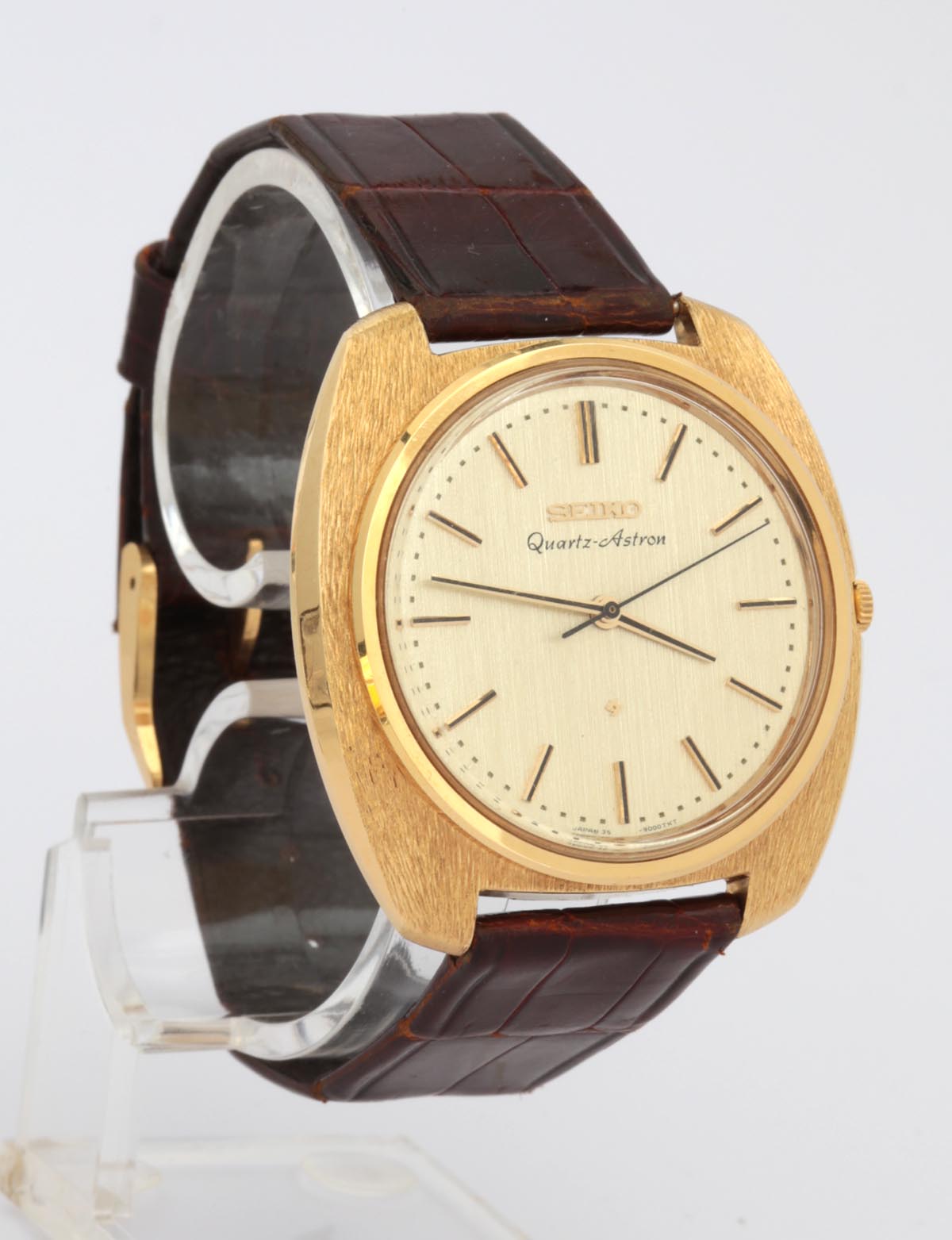
1969 Seiko Astron, source: Wikipedia
By the end of the 1970s, quartz watches had become more common than mechanical as the popularity of these cheaper and more accurate wristwatches took hold, most of which were being produced by non-Swiss, namely Japanese and American, manufacturers. This included not just quartz-powered analogue watches, but also digital watches with an LCD display. There were Swiss quartz watches being produced, however this proportion was vastly overshadowed by the volumes of Swiss mechanical watches being produced.
This marked the beginning of what is today known as the “quartz crisis”, when the rise and global success of quartz watches descended the Swiss watchmaking industry into financial peril as they struggled to continue selling a more expensive and less accurate product.
In the essence of the adage “if you can’t beat them, join them”, a group of Swiss-based engineers launched a new brand in 1983 – Swatch. The brand offered a range of collections offering cheap and disposable watches as an accessory.
The objective was to both recapture the entry level market that had been lost by Swiss manufacturers, as well as focusing on analogue watch designs to contend with the increasingly popular digital watches. This approach proved to be hugely successful, and in 1985 the major shareholding in Swatch was acquired by Nicolas Hayek and his group SMH, which he later became the CEO of in 1986 and changed the name of the company to Swatch Group.
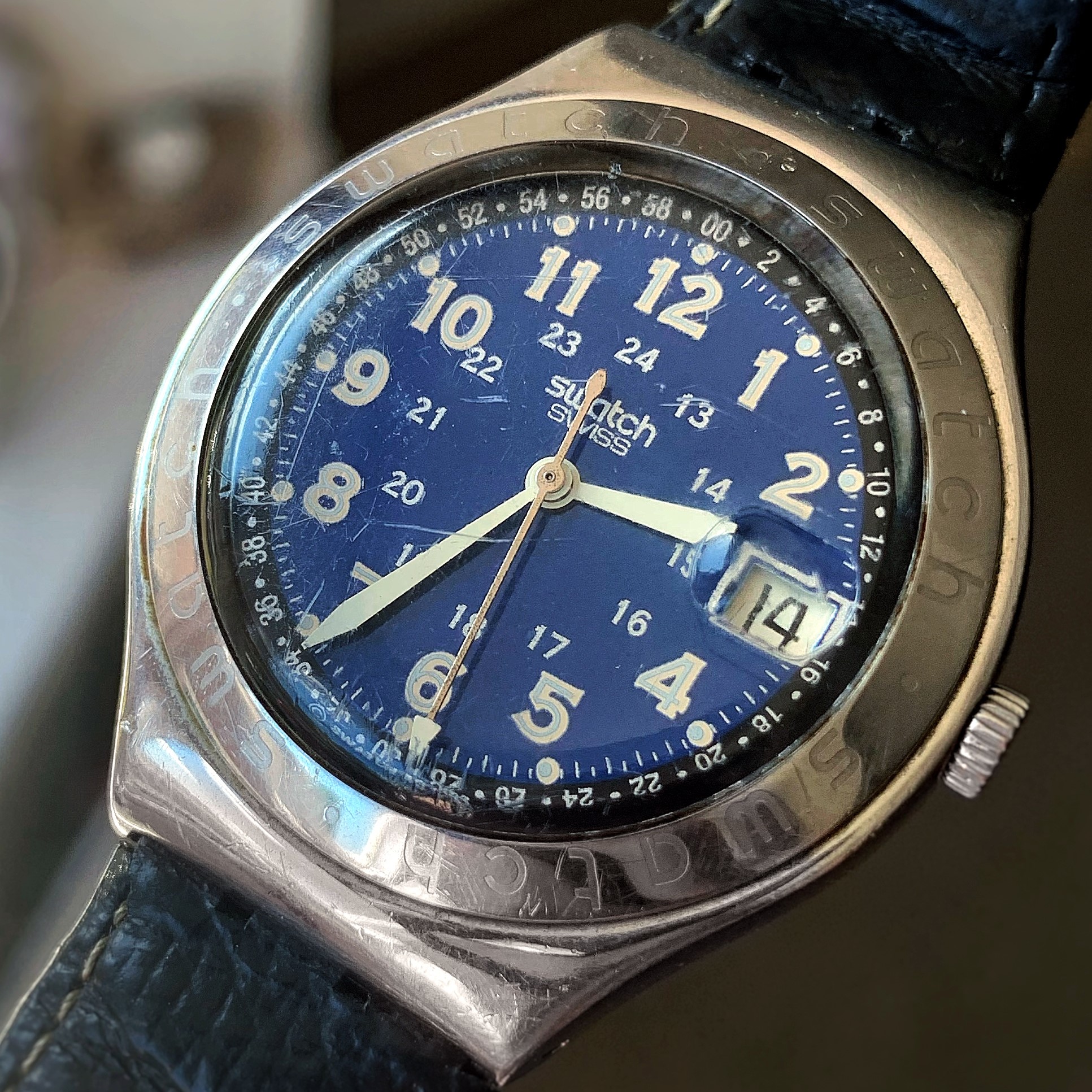
Swatch Irony
Ultimately, and thankfully, there was a resurgence in widespread appreciation of traditional mechanical watchmaking during the 1990s, which subsequently led to the recovery of the industry; the magic of being able to see a ticking, beating heart of a timepiece, comprising hundreds of immaculately decorated, finished components, resuscitating mechanical watchmaking into life once again. Of course, this period was not without its casualties as many manufacturers sadly did not survive and were unable to continue.
So how exactly does quartz technology work?
In place of a mainspring driven movement which is regulated by an escapement, quartz watches use a battery to send an electrical current through a small piece of quartz crystal shaped like a tuning fork. This commonly found crystal has a piezo-electric property, meaning that as an electrical current passes through it, the crystal resonates at a specific frequency of 32,768 times per second, or Hz.
This frequency equates to 215 oscillations/cycles per second, which via the electronic circuity in the watch is then converted into a single pulse every second, which advances the hands on the dial. This is what makes a quartz watch ‘tick’ as opposed to the ‘sweep’ motion seen on mechanical timepieces.
By implementing the electronic capability in this way, quartz movements are cheaper to produce, are more reliable with fewer moving components (there is no need for a mainspring or escapement) and are more accurate – the piezo-electric property of the quartz crystal means that the frequency does not fluctuate, and as such the pulses created every second result in a far superior, longer term accuracy over mechanical watches.
What place does quartz hold in the watch industry today?
Given the problems that quartz watches imposed on the world of mechanical watches during the quartz crisis, it will come as no surprise that the answer to this question will depend on who you speak with. Some people look down at quartz and would not consider it “true” watchmaking, with the mechanical timepiece having been stripped of its heart and soul. Yet it is undeniable that the technology has continued to advance and is still very much a huge part of the watch industry today.
Quartz movements remain immensely popular – they are used for digital watches, accessible analogue watches such as the Swatch and other fashion brands, and these quartz movements make it possible for you to buy a watch for £12 from your local Post Office! (As an aside, if this seems oddly specific, it’s because it very much is – I remember speaking with my Nan a couple of years ago about a new watch and she couldn’t understand why I would buy it given her £12 watch from the Post Office could tell the time, too!)
The advent of early digital watches propagated the vast array of digital watches that we see on offer today. The first digital watch appeared in 1970, a Pulsar LED developed by both Hamilton and Electro-Data and can even be seen on the wrist of Sir Roger Moore in Bond film Live and Let Die in 1973.
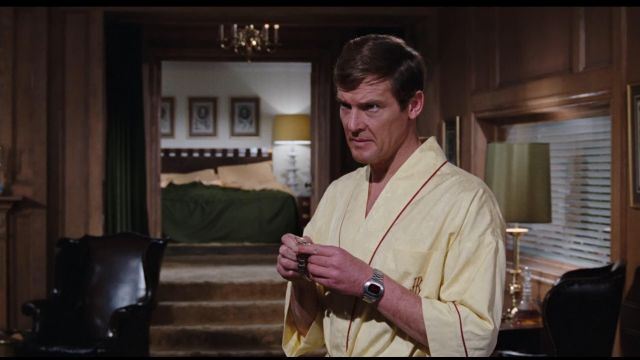
Pulsar digital watch as seen on Sir Roger Moore’s wrist in ‘Live and Let Die’
During the 1980s there was a flurry of digital watches, calculator watches and even TV remote control watches. Perhaps one of the most prominent examples is the Casio G-Shock, which first appeared in 1981 when Casio’s head of watch design wanted to create a watch that would survive being dropped – the name alluding to the watch being able to survive the shock caused by gravity.
The G-Shock went on to become somewhat of a cultural icon in the 1990s and it has remained a staple of many watch collections ever since, with a seemingly infinite number of designs and colours and a vibrant aftermarket scene with customisable cases and straps as well.
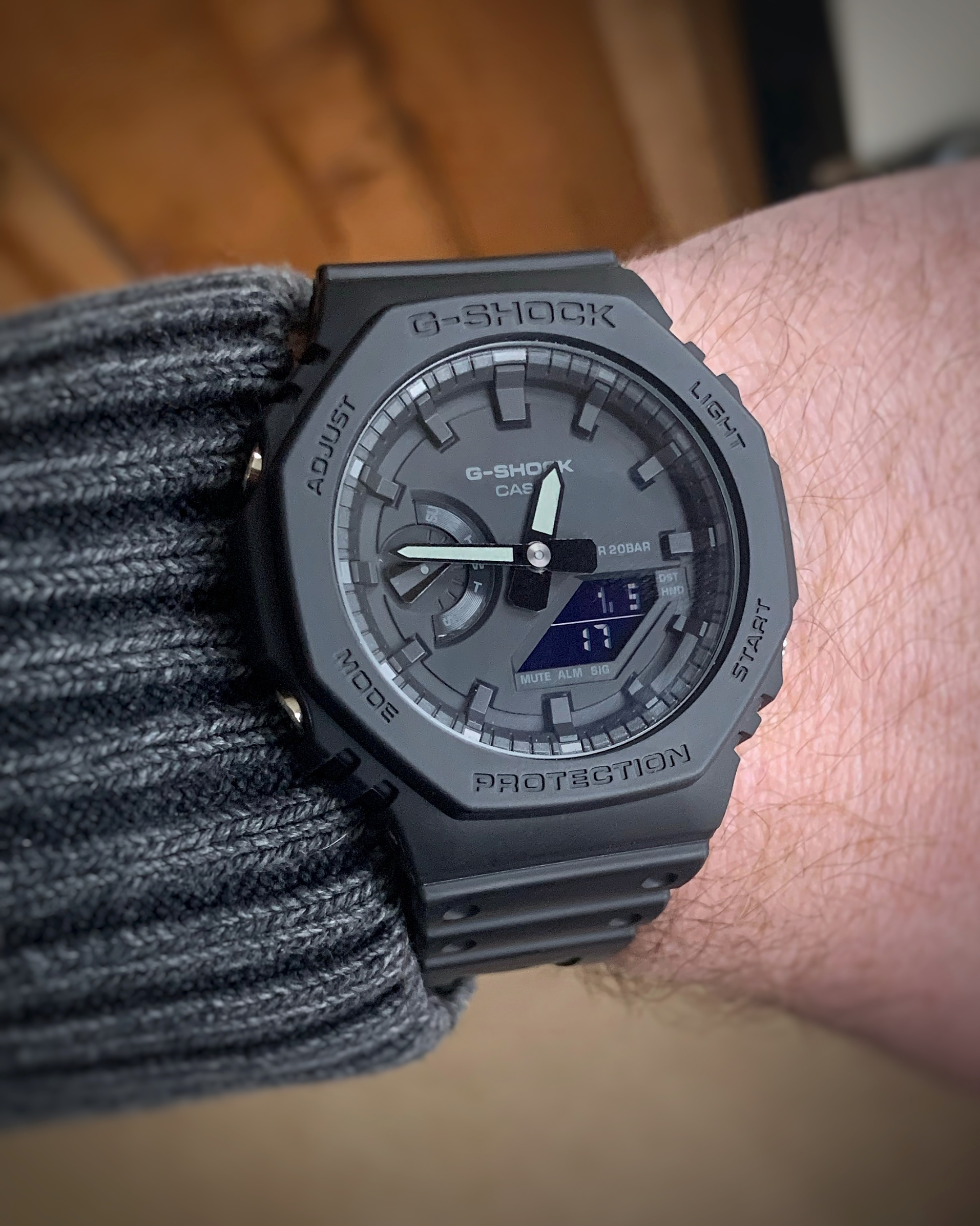
Casio G-Shock GA-2100-1A1ER, affectionately known as the 'CasiOak'
However, as was embodied by Swatch, quartz movements did not only propagate digital watches but analogue displays, too. Today, these remain in use with luxury brands including Cartier, Grand Seiko and even Patek Philippe, offering luxury watches using these high-precision movements to facilitate a more accessible entry point into the brand, which would simply not be possible if they were to use a mechanical movement.
Just as quartz evolved during its inception to establish a foothold in the watchmaking industry, it has continued to do so over the course of its life, too, and in fact helped to create a different type of movement altogether.
Innovation in the quartz sphere has been dominated by one of its original core protagonists, Seiko, who took the concept of using the rotor used in automatic watches to create their Seiko Kinetic movements, the prototype of which was first seen at the Basel Fair in 1986. In this type of movement, the rotor is used not to wind the mainspring, but the rotor is instead adapted to charge a capacitor in the movement, serving to extend the battery life of the watch.
A perhaps more notable evolution was the culmination of nearly 20 years research and development with the 1999 release of the Spring Drive movement by Grand Seiko, which fuses both a mechanical mainspring and a quartz at the same time. As a result, trying to define Spring Drive as a mechanical or quartz movement can incite a spirited debate. In my opinion, it is not one or the other, but a hybrid that falls into a category of its own.
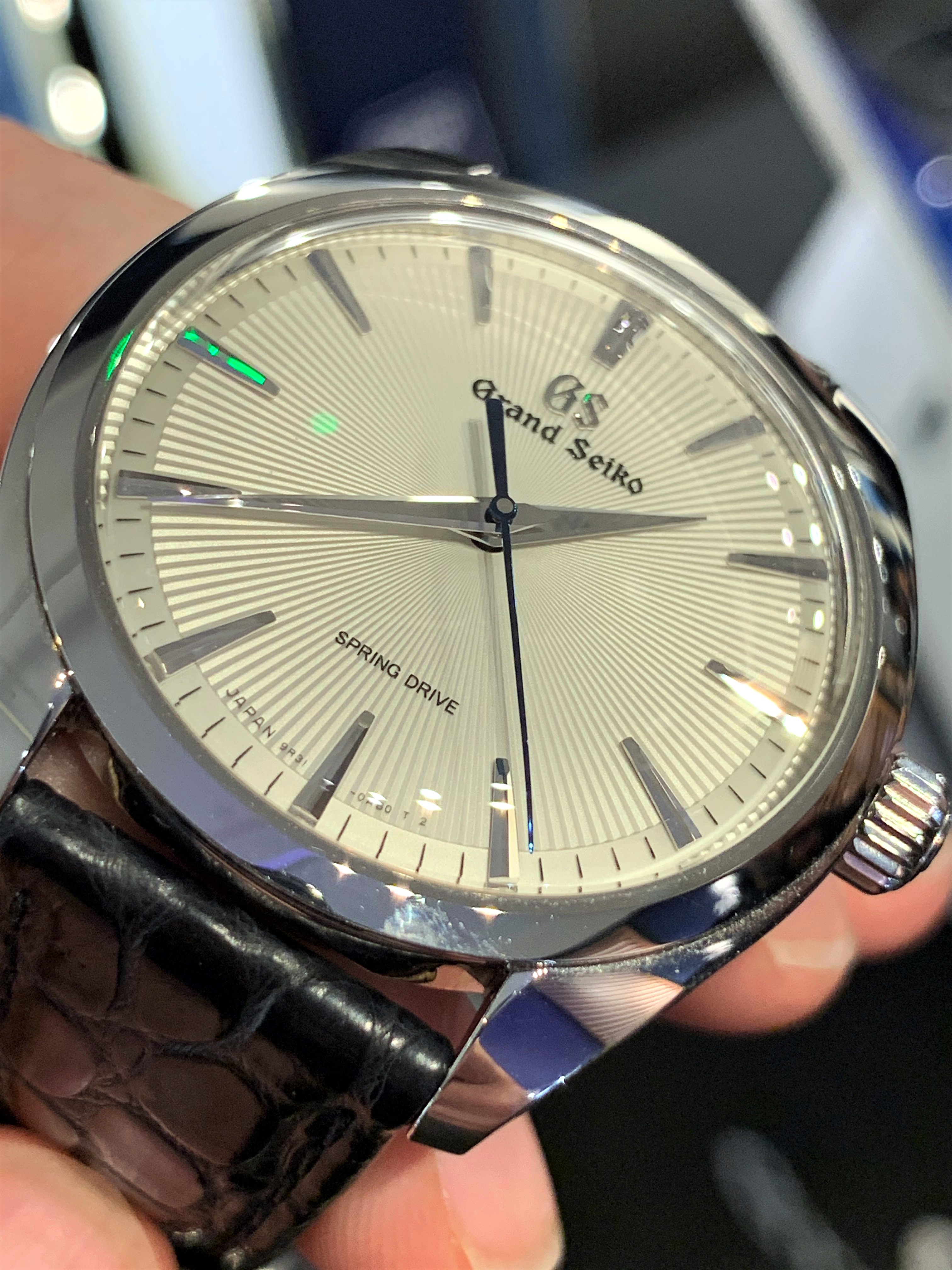
Grand Seiko Elegance SBGY003 with Spring Drive movement
In a Spring Drive movement, the power that drives the movement is provided by a mainspring, which is either wound manually or via an automatic rotor. However, instead of a traditional escapement mechanism to regulate the movement, it is regulated by Seiko’s Tri-Synchro Regulator system, using the oscillation of quartz to ensure greater accuracy of timekeeping.
Tangentially, this also serves to create a near-perfect sweep motion of the seconds hand, which is considered a hallmark of the Spring Drive movement.
Watchmakers continue to innovate with quartz movements, with further evolution to be found in the electro-mechanical movements of F.P. Journe’s Élégante collection, first launched in 2014 as a ladies’ collection.
In order to preserve battery life, the Élégante will cease from advancing the hands on the dial if left static for an hour (perhaps in a watch box or left ‘on the side’). Internally, it will keep track of the time, and as soon as the watch is picked up again, this is detected by a movement sensor (visible through a small aperture at 4 o’clock) and the hands are advanced to the correct time taking the shortest possible direction, even if it means going backwards! This means that instead of the regular 3-4 years’ battery life, the Élégante will last for between 8-10 years with daily wear, or even up to 18 years in standby.
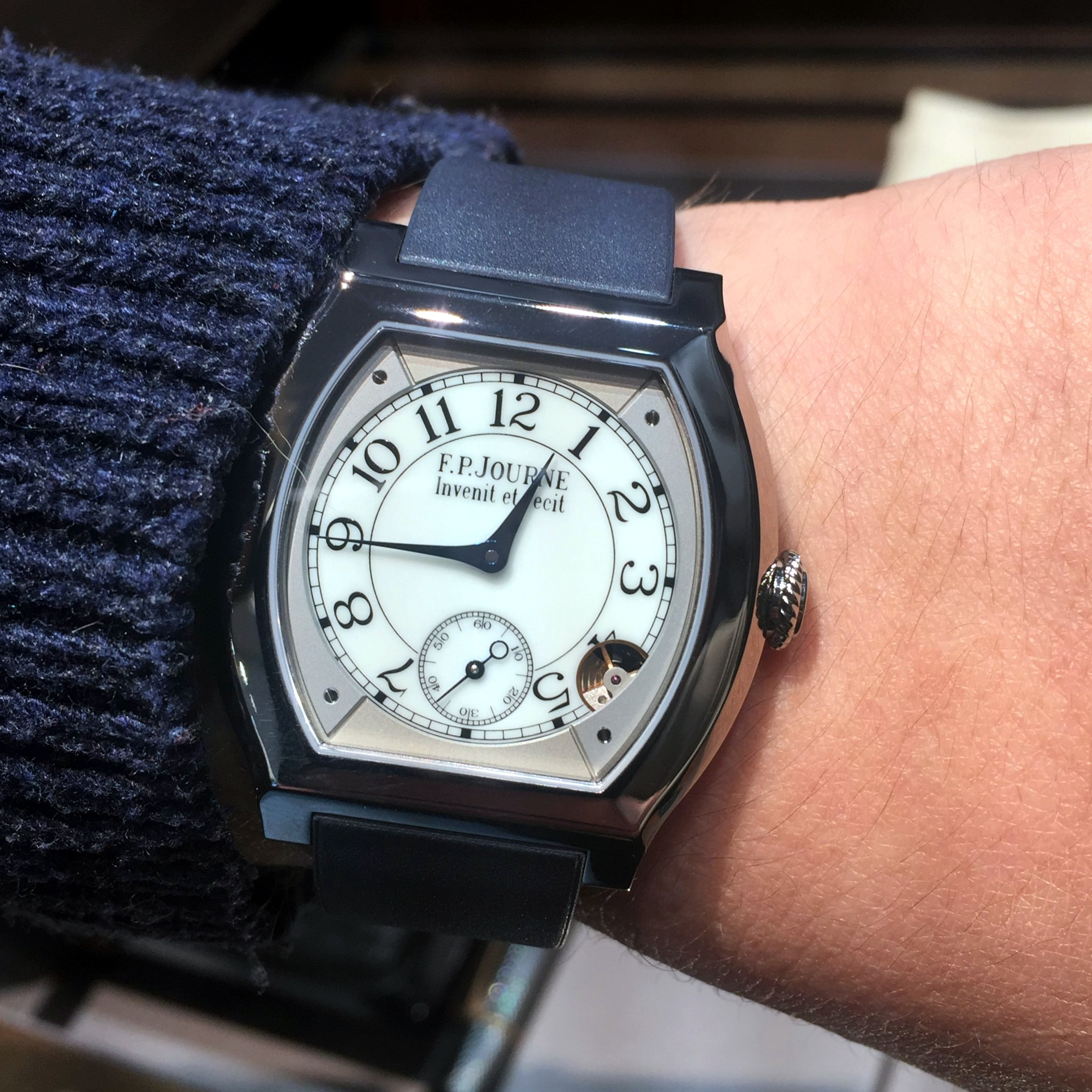
F. P. Journe Élégante, note the aperture at 4 o’clock
However, the real genius is in the inner workings of the movement. Whilst a regular quartz movement uses a single engine that will drive the hours, minutes and seconds hands (along with any other complications such as a date or chronograph), the electro-mechanical movement is set apart because it incorporates not one engine but two, where one engine drives the hours and minutes, and a separate engine drives the seconds hand.
This serves to reduce the friction in a longer train of gears, reducing the energy lost through the friction and serving to make the movement more efficient, facilitating the extended battery life.
In Summary
This case for quartz focuses on the positives. Following a few hiccups at the outset, quartz watches eventually went on to become a huge and important part of watchmaking and contribute to the watch collections of millions around the world – Casio G-Shocks and colourful Swatches are collectible and well-loved precisely because of what they can offer over mechanical counterparts: they are cheap to acquire, easy to maintain and can be worn in situations where it might be preferable to avoid wearing an expensive mechanical timepiece through fear of damaging it, such as being on holiday or out in the garden.
Quartz movements also directly contributed to an advancement in mechanical watchmaking with the creation of Grand Seiko’s Spring Drive movement, and this alone is reason for us to be thankful to quartz – the near perfect sweep of a Spring-Driven seconds hand is a wonder to behold.
Whilst quartz watchmaking might not be everybody’s cup of tea, which of course is at the discretion of the individual, I personally don’t think it is fair to simply dismiss quartz watches because they aren’t mechanical. They may not have tradition on their side or be as enchanting to watch as the pulsating hairspring in a mechanical watch, but ‘different’ does not mean ‘worse’; it means different. The accessibility they provide is an in-road for a great many more people to being able to enjoy watches – ultimately quartz serves as a starting point from which to descend into the rabbit hole we all know and love that is watch collecting and introducing more people into the watch community can only be a good thing.
If you have any questions, or want to share your thoughts, please get in touch via our Contact page, or via our Instagram.
You might also be interested in:
- “It’s complicated”: Manual-wind, automatic and quartz watch movement types
- My Childhood Watch Collection Rediscovered
- In Pursuit of Ultra-Thin Watchmaking
- Watch Stationery and Gift Ideas
- Watch Books, Watch Boxes and more at the Watch Affinity Shop on Amazon (commissions earned)
As an Amazon Associate, I earn from qualifying purchases – thank you for your support

